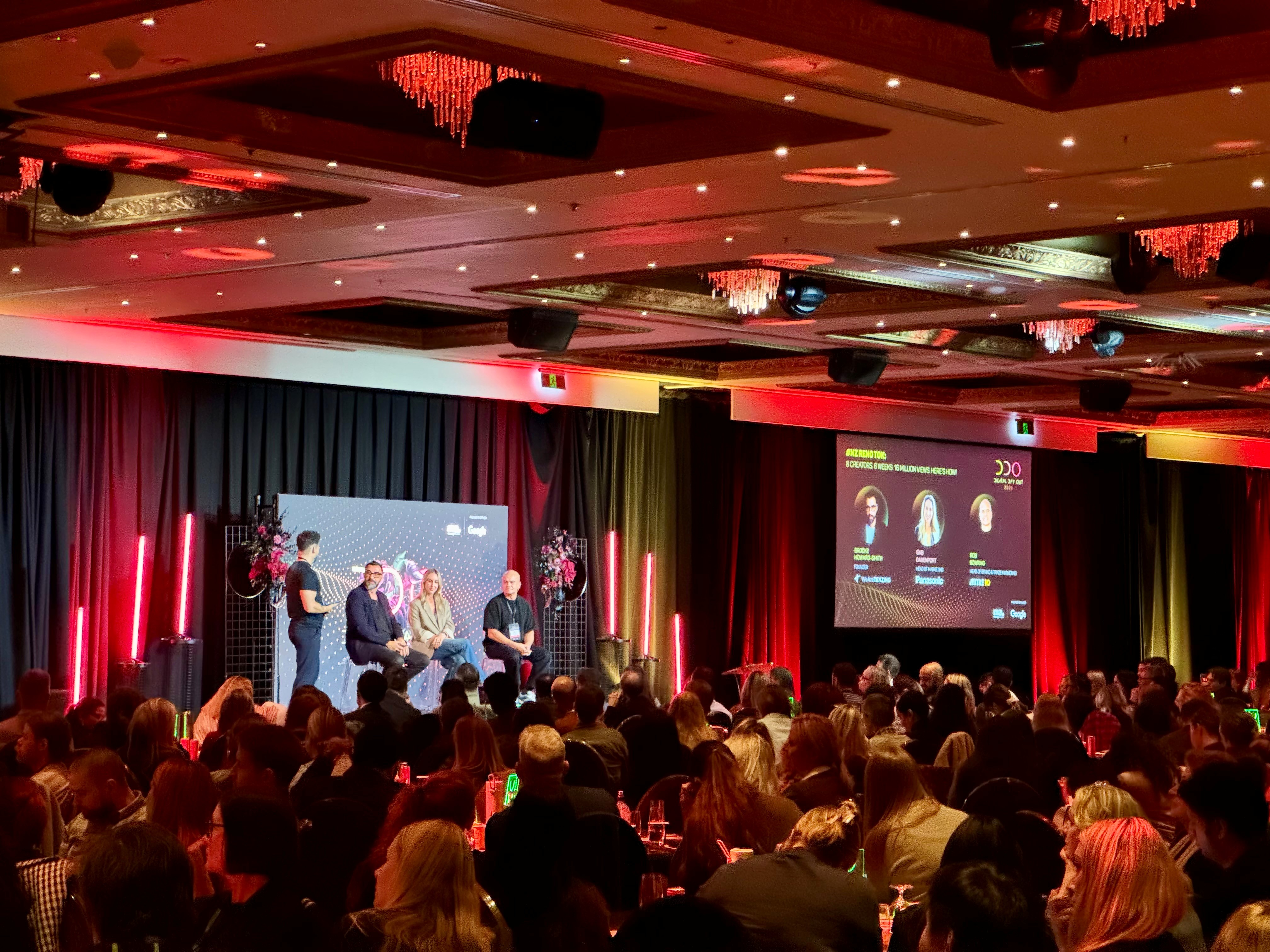Google Ads: Display Ad Image Requirements


Google Ads offers a large variety of ways to serve advertising to your target audience. One of the most popular and highest performing methods is through Google Display Ads. They differ from the standard text ads that appear in search results.
Google Display ads are visual advertisements that appear in banners, sidebars, and footers of the 2 million+ websites, and apps that make up the Google Display Network. Google don't necessarily control these platforms, but the owners have essentially agreed to let Google advertise on their property in return for a cut of the ad revenue.
To take advantage of this network, Google Display Ads will require you to submit the following information:
- Final URL ‐ Where the user ends up after clicking on your ad.
- Images & logos ‐ Your brand logo and the image you want to be shown in your display ad.
- Headlines ‐ The main headline of your ad.
- Descriptions ‐ Any additional copy for your ad.
Google will then approve your image and serve it in relevant positions throughout their Display Network.
Top 5 Google Display ad sizes based on performance
There are well over 20 supported ad sizes, but according to Google these are the highest performers. (Image examples courtesy of Google.)
300x250

Known as the Medium Rectangle, this image size is commonly used widely across Google's network of websites. Google states that this image size performs well when embedded in text content, or at the bottom of articles.
336x280

Known as the Large Rectangle, this slightly larger image size is also used widely across Google's network of websites. Again, Google have stated that this image size performs well when embedded in text content, or at the bottom of articles.
728x90

Known as a Leaderboard, this banner-type image ad is used widely across the Display Network. Google states that this type of image ad performs best when placed above the main content, and on forum-type websites.
300x600

Known as a Half-page Ad, this image size allows for more room to get the marketing message across. Google states that this is one of the fastest growing image sizes.
320x100

Known as the Large Mobile Banner, this size can be used as an alternative to the 320x50 and 300x250 ad sizes. Google notes that it offers advertisers twice the height of the standard mobile leaderboard image size.
There's one other size of ad we like to use however, that Google didn't list as a top performer. The almighty skyscraper!
160x600

Known as the Skyscraper, this is one of the most common formats for desktop. At authentic digital we have seen enough success with this size to put it amongst the top performers.
Responsive display ads
The default ad type for the Display Network are responsive display ads. Responsive display ads can automatically change their size, look, and format to fit just about any available ad space. Google can choose where and how the ad is served in order to maximise performance.
Responsive display ads can be extremely helpful as it means you don't have to go to the trouble of creating individual images for all of the ad-sizes available.
How to create responsive display ads
- Go to your campaign and select the ad group in which you wish to create a new responsive display ad.
- Click the blue + at the top left of the screen to create a new ad.
- Click + create a responsive display ad.
- Upload all the required assets such as final URL, images & logos, headlines and descriptions.
- Click save.
- Once approved, Google will serve your responsive display ads across the Display Network, optimising them automatically for each user and their device.
When NOT to use responsive display ads
Responsive display ads are a great way to reach a wide audience, but may not display exactly how you want. The trade-off with responsive display ads is that Google have control over how the assets you upload are depicted. Sometimes it may display as just text, sometimes with different colours. Google will show it the way it thinks is best.
We try to use responsive display ads whenever possible as they tend to have the best results and can be launched in a short amount of time. For complete control over how your brand is represented, standard display ads are the safer option.
Creating the best Google Display Ads
It's important to get your images right when dealing with Google Display Ads. With the Google Display Network reaching 90% of internet users, you want to make sure your valuable ad budget is being spent effectively.
Keep your display images simple
Display ads are interruptive of the user experience. Think of them like billboard advertising. As a user drives, or scrolls past your ad, you only have a few seconds to capture their attention and convince them to click.
Bold, bright, and attractive colours are key. People aren't going to bother reading multiple full sentences in an advertisement adjacent to the main content they're viewing.
Use as few words as possible to convey your message, and make sure the call-to-action is clear and compelling. Any copy included needs to be viewed and understood at a glance.
Consider what your audience will see
Designers may spend hours looking at, and working on, a single ad design. This is much longer than any user is going to spend looking at the same image.
Your image is not going to be front and centre for your audience members. Rather, it will sit off to the side, above, or below the content that the user is actually looking at. This means your image must stand out and grab the user in order to be effective.
Use the preview button to see what your ad may look like to a user. Make sure your designer is also aware of any icons or overlays (like the 'i' at the top right) that Google may add on top of the image when displaying your ad.

Tips for creating the best Google Display Ads
- Use large blocks of colour that represent your brand, or the message you're trying to get across.
- Use simple, clear messaging, with as few words as possible.
- Include a clear and compelling call-to-action.
- Check that Google's own additions won't conflict with the design.

The Google Display Network can be extremely powerful if harnessed in the right way. Creating the right-sized images to get your ads placed is the first step, and optimisation comes second.
Test different ads against each other to see which resonate best with your audience. Done correctly, your clickthrough rates and conversions will consistently improve over time.
Got time for more?
Here’s a snapshot of the guidance and insights we provide on our blog.
If we’re not a fit, we’ll recommend someone we trust to deliver what you need.





